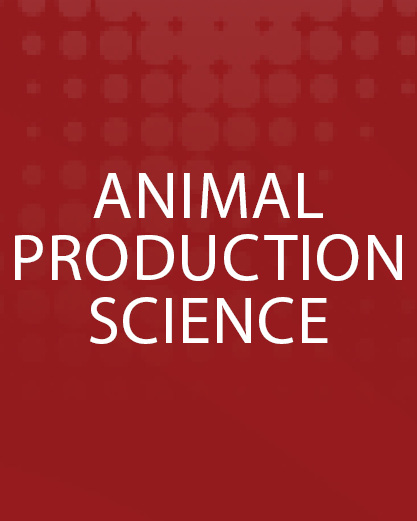Document type: Scientific review published in Animal Production Science
Authors: Greg Underwood, Daniel Andrews, Tin Phung
Preview: Modern commercial layer breeds represent the culmination of ~7000 years of natural genetic selection. This selection was driven in former times by a combination of genetic-shift and -drift events, that led to chickens being favoured as domesticated species for meat and egg production. More recently, in the early 20th century, the concept of hybrid vigour was discovered and accelerated the natural breeding progress that delivered new genetic lines and more favourable production traits. In the mid-20th century, the broiler-type and egg layer-type lines diverged and, in the 21st century, genetic analysis has further accelerated the progress made towards extended primary breeding characteristics such as egg quality, production and feed-intake traits, together with secondary breeding characteristics such as behavioural traits that have improved robustness in different housing systems, climates and feed types, which together have significantly improved welfare traits. Most recently, there has been the adoption of higher-powered computational analytics together with quantitative trait loci and single-nucleotide polymorphism assessment, which have further improved the uniformity of production traits within breeds. Most importantly, this has provided the primary breeding companies with improved and broader basis of selection of the modern commercial layer breeds, which also improved the alignment of layer strains with market requirements, and diverse variations in housing, nutritional and environmental conditions. This is also testament to the speed with which the commercial layer geneticists can respond to changing welfare policy on factors such as stocking density and beak treatment. The present paper reviews the modern approaches to genetic selection, including considerations of and benefits to the welfare state of commercial layers.






